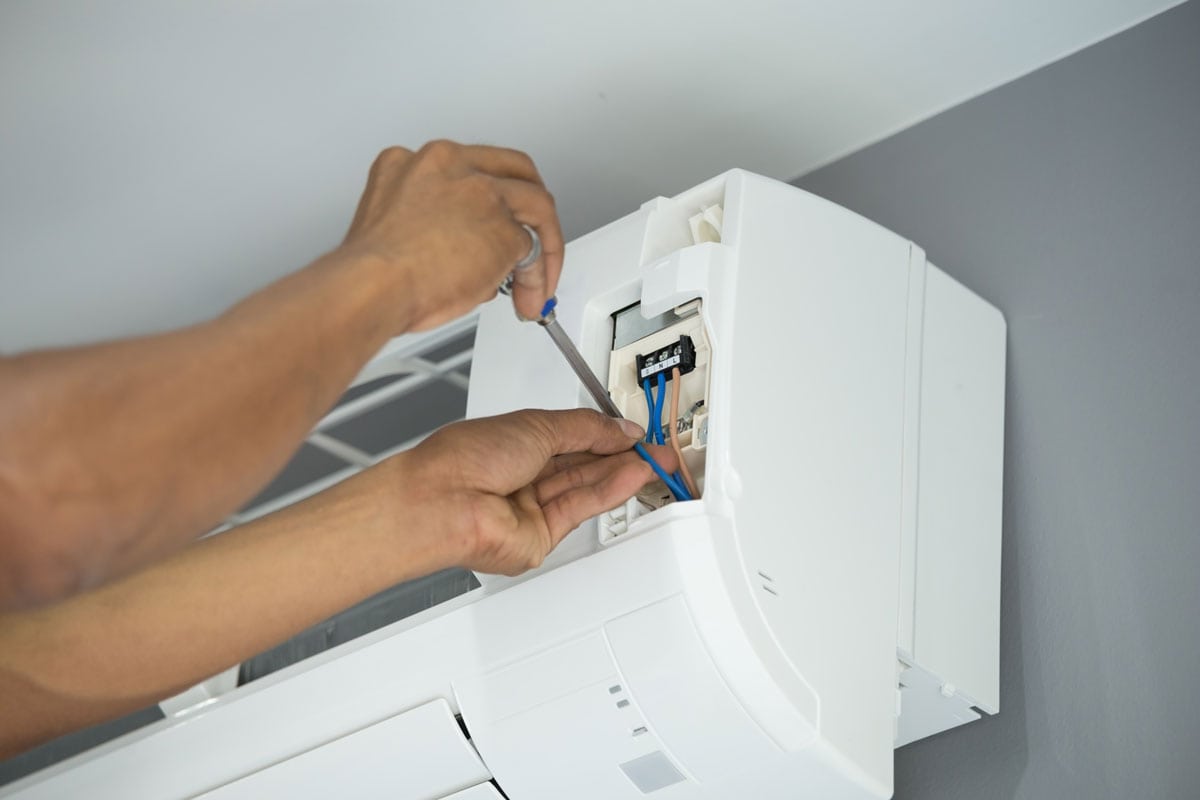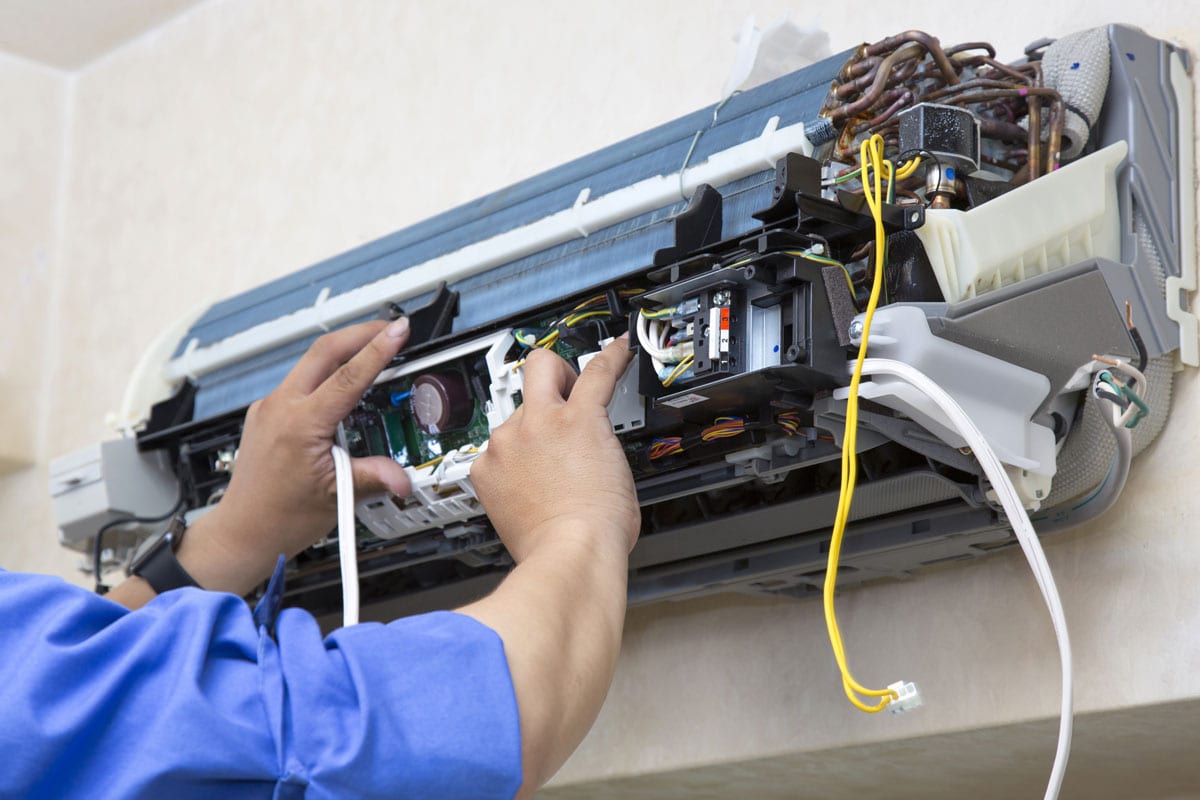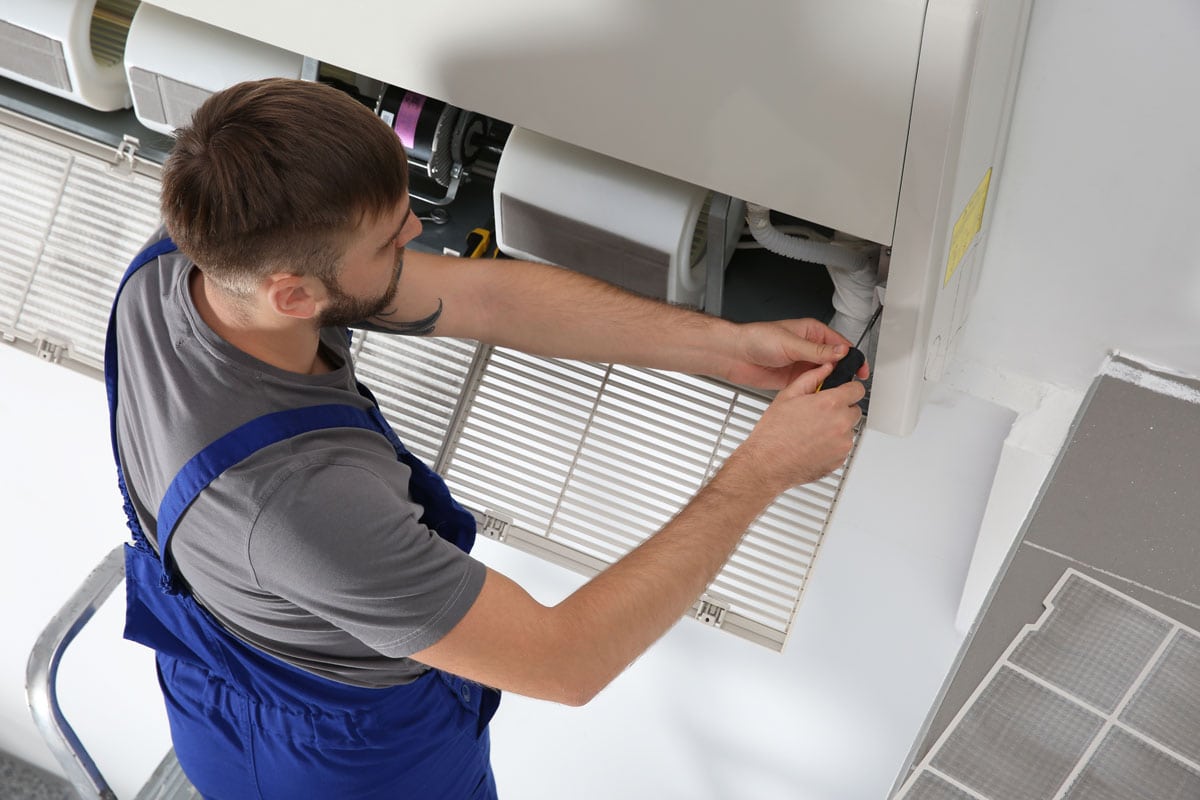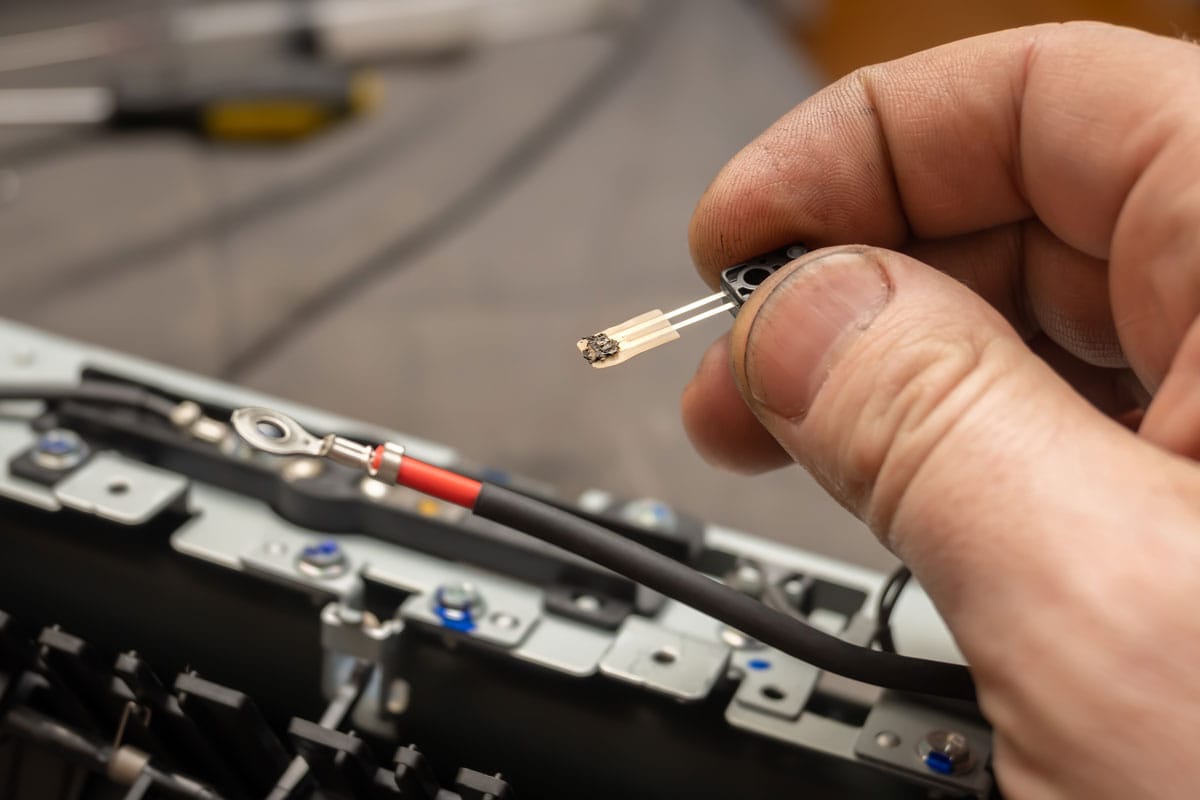Do you want to reset the thermistor but wonder how to do so? What might result from resetting it? We did comprehensive research to answer your questions.
Resetting the thermistor will depend on the unit and its wiring system. However, check the general steps below:
- Turn off the unit. Ensure that it's unplugged from the power supply.
- Unscrew the cover to access the wiring system.
- Locate the thermistor. You can also check the diagram in the user manual.
- Unplug the thermistor from the connector.
- Plug in the thermistor. The reset should now be complete. You can test the unit afterward.
This article will be your ultimate guide on the thermistor's purpose and why you would reset yours. You'll understand factors affecting its performance and other things to know. There's a lot more in this article. So, let's keep reading!
How To Reset A Thermistor [Step By Step Guide]

A thermistor is commonly found in HVAC units, such as air conditioners; it assists temperature regulation and prevents the motor from excessive thermal overload. The thermistor automatically adjusts to prevent damage from overheating.
Resetting the thermistor helps restore its function in case there's an error or issue with the unit. The steps in resetting will vary depending on the type of unit you have.
With regards to the general steps above, watch a short clip here:
When to Reset the Thermistor?
Resetting the thermistor should have a good reason before doing so. Otherwise, the unit could get damaged. See below some signs the thermistor needs a reset.
Warning Notification
Modern HVAC units have a notification system, in which you get updates on their status. The system can even display an error with a specific code. In this case, you should look up the code in the user guide to identify the solution.
But if your HVAC unit doesn't have this warning system, then you need to manually inspect the thermistor. You can use a multimeter to check if the thermistor is in good condition.
See this multimeter on Amazon.
Check below the steps for testing the thermistor:
- Insert the required battery on the multimeter.
- Plug in the red and black adaptors into their respective terminals.
- Adjust the voltage selection knob depending on what's indicated in the product instructions. There should also be a resistance chart on the multimeter or on the unit itself.
- Point the needles into the thermistor's wire connector.
- Wait for the number to display on the multimeter's screen. Such a number should indicate how much voltage is flowing through the thermistor.
- Go back to the resistance chart. This will tell you the status of the thermistor.
Inefficient Energy
Did you see the electric bill got higher? Or did you notice that the temperature doesn't change, given that the HVAC unit is turned on for hours? If yes, then it can be a sign of inefficient energy use.
This problem occurs when the HVAC unit is trying so hard to change the temperature but fails due to broken components, like a thermistor. Since the thermistor cannot operate normally, the HVAC unit wastes energy.
However, you should also look for other components related to the change of temperatures, such as a thermostat, refrigerant, or heat coils.
What Units Do Have A Thermistor?

It's important to know what units, appliances, or equipment have a thermistor. Check below some of them.
Furnaces
Furnaces, or the type of HVAC unit responsible for heating the air circulating throughout the area, are dependent on crucial components like a thermistor. Follow the steps below for resetting the furnace's thermistor:
- Turn off the unit from the main power supply.
- Allow the furnace to cool down for a few minutes.
- Access the wiring panel, usually at the back of the furnace.
- Find the thermistor usually mounted into the metal rod. Make sure you wear gloves to prevent too hot a temperature.
- Unplug the thermistor from its terminal. You should check if there are corroded wires since a furnace produces hot temperatures.
- Use a soft, dry cloth to clean the surroundings of the wiring panel. Clean also the wire connector.
- Plug the thermistor back into the terminal.
- Close the wiring panel, and put the furnace into the test. Wait for a few minutes for the furnace to fully function after turning it on.
Air Conditioners

Air conditioners do have a thermistor since they're commonly used to control room temperature. Should you need to reset the thermistor on a split AC unit, below are the steps:
- Turn off and unplug the AC unit.
- Unscrew the front cover to remove the air filters.
- Remove the remaining screws to access the thermistor.
- Unscrew the thermistor compartment, usually located on the upper right side.
- Use a multimeter to test the thermistor. Simply point its needles on the wiring terminals. Read also the instruction for use in the product description.
- Now to reset the thermistor, simply unplug it from the connector and plug it back in right away. You can use a screwdriver or chisel to control the force.
- In case you need to replace the thermistor, disconnect it from the connector.
- Plug in the new thermistor according to the correct wiring positions.
- Test the new thermistor with a multimeter.
- Put back everything you removed from screws to air filters. Test the AC unit by turning it on.
Watch a video here for a demonstration:
Ovens
The temperature sensor on the oven is also its thermistor. You can find such a sensor inside the oven, usually in the upper left corner. However, the oven's temperature sensor is quite different from what an AC's thermistor looks like.
You might need to recalibrate the oven to fix its temperature sensor. Consider reading the user manual or consulting the manufacturer.
Refrigerators
A thermistor is also present in refrigerators. However, the structure is can be more complex than that of an air conditioning unit. You have to be careful not to damage other parts, as the refrigerator could permanently lose its cooling ability.
Should you want to check the thermistor on a refrigerator, refer to the steps below:
- Put the refrigeration level off, then unplug the unit from the power outlet.
- Inside the refrigerator, access the control box on the upper portion. The location of the control box can vary on the unit you have.
- Check if the wire harnesses are in good condition.
- Test the thermistor with a multimeter. You can refer to the resistance chart usually included in the refrigerator package.
- Remove the wire connector, then point one needle into the gray and black wires while the other one into the red wire.
- The multimeter should measure at least 11,000 ohms. Otherwise, the wire harness might need a replacement.
- If the thermistor seems good, then plug it back into the connector. This way, you're resetting it at the same time.
- Consider checking the other components of the refrigerator, such as the evaporator fan and compressor, before turning on the refrigerator again. Don't do so will prevent damage to the system.
To help you visualize the steps, watch the video here:
Vehicles
Modern vehicles have an air conditioner, giving them thermistors as well. In this case, it's best to seek help from your car manufacturer before you troubleshoot the thermistor by yourself. This is to avoid engine failure or system malfunction.
Also, the thermistor can also measure the temperature of engine oil and coolant, depending on where it is placed. The structure of a vehicle's thermistor differs from other HVAC units.
Thermistor Replacement Cost
![stuck dirt dust on thermal sensor close up, How To Reset A Thermistor [Step By Step Guide]](https://hvacseer.com/wp-content/uploads/2022/12/How-To-Reset-A-Thermistor-Step-By-Step-Guide.png)
The cost of replacing the thermistor varies on your unit. Expect to spend starting from $150, including the labor cost. The price can change in some cases, like the kind of thermistor you need.
Difference Between NTC and PTC
Thermistor has two major types: the NTC and PTC. To elaborate, NTC means "Negative Temperature Coefficient," indicating that the resistance decreases when the temperature goes high.
On the other hand, PTC stands for "Positive Temperature Coefficient," in which the resistance increases as the temperature rises.
These two terms are very common in the HVAC world. You might not need to analyze them deeper. But it's good to familiarize yourself with such terms so that you'll have an idea the next time you check your unit's thermistor.
Conclusion

We learned how to reset the thermistor on different units, and what are other things to look for when the unit is having trouble with the temperature. Remember to read the manual or the diagram for your reference.
Looking for more things to learn with us? Find more here:
How To Connect 2 Electric Water Heaters Together [Step By Step Guide]
How To Control A Honeywell Thermostat From Your Phone [Step By Step Guide]

